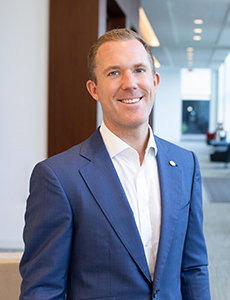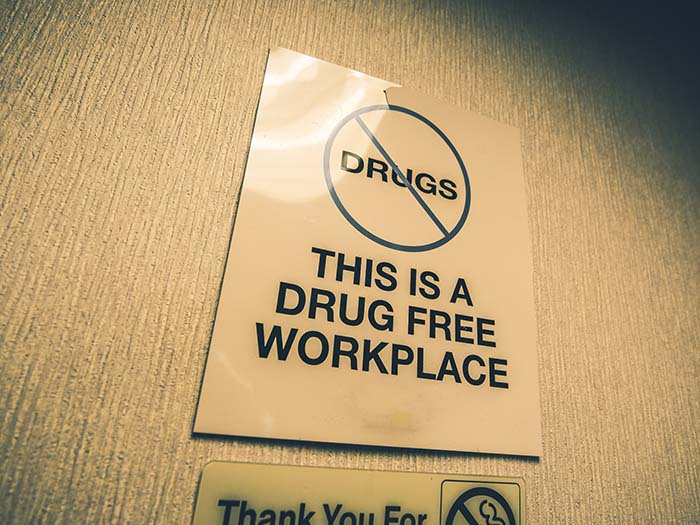Commercial Insurance Rate Increases Aren’t As Dramatic As They Were in 2020, But Insureds Should Still Be Prepared for Complex Renewals

In a world that continues to be with unexpected risks, it’s no surprise that insurance markets also experience the same ups and downs.
Last year was the most chaotic insurance market the casualty space has seen in the last 30 years. Marked by dwindling capacity, rate increases and non-renewals, the year was a whirlwind for insureds and insurers alike.
2021 is proving to be only somewhat less chaotic. Risk Placement Services’ “U.S. Casualty Market Outlook: Mid-Year 2021” report detailed the trends in the casualty market during the first half of the year and how carriers can craft successful responses for the risks that lie ahead.
Key Takeaways: What Readers Should Know
This year, rate increases are not nearly as dramatic as they were in 2020.
RPS reports that for high hazard segments, like cyber, sexual assault and molestation and assault and battery coverages, rates jumped 15-25% on average. Compared to last years 30% spikes, this could be good news for insureds.
What’s more, fewer carriers are trimming capacity across the board, making renewals less challenging.
While the factors that contributed to an unruly 2020 proved to be not as disastrous in 2021, insureds and their carriers should still be prepared to weather some challenges in the months ahead.
“Agents and brokers should continue to expect the unexpected, because results are going to differ from [both] account to account and week to week,” said Adam Mazan, vice president, RPS Pacific West Region.
Mazan also emphasized the need for a quality of data submission, which he noted should contain exposure and loss data ranging from 7-10 years prior. Agents should also ensure they work with insureds to have all questions from underwriters thoroughly answered.
Of course, these issues are impacting sectors unevenly. The report found that habitational and nonprofit sectors experienced harder markets than others this year.
Increased Claims in the Habitational Sector
When it comes to the habitational casualty market, the increased hardening stems from an increase in assault and battery claims, according to the report. These claims are producing defense costs totaling a sizable increase in comparison to other industry segments.
This notable difference undoubtedly produced an individual challenge for the habitational sector; Mazan noted the average defense costs for habitational claims are around 50% of the total incurred claim cost, compared to nearly 20% in all other sectors.
Another issue contributing to the high defense costs is apartment exposures. Property owners are being implicated in lawsuits regardless “of whether or not negligence exists,” according to the report.
In these cases, the quality of data submission, including loss histories and adopted risk management techniques, is critical for underwriters. Insureds should try to get submissions in early for the best chance of retaining coverage.
Other Notable Impact
The outlook found the public sector has not been left unscathed by challenges this past year, which include an influx of “law enforcement and abuse claims that continue to come in,” Mazan said.
One entity that has been no stranger to claims is education, which is being impacted by a number of abuse and injury claims from athletic participants.
For athletes, these lawsuits stem from suffered head traumas, which aren’t included in carrier coverage. This is due to uncertainty surrounding the injury.
Despite educational institutions putting more head trauma protocols in place, “carriers [still] aren’t willing to come back in and offer terms for athletic participants coverage without head trauma exclusions,” Mazan said.
Another challenge adding to abuse claims is statute of limitations, which typically cover 10 years. When this statute of limitations is removed, claims could be filed as much as 20 to 30 years after the initial abuse occurrence.
“That’s really where a lot of challenges from an underwriting standpoint come in on the abuse side,” Mazan said.
Positive Takeaways from the Report
While the report found that challenges still are embedded within the market, one area that sees a promising future is the construction casualty market.
While the market is still responding to rate increases, construction business is booming, “as more new projects and renovations get on [contractors’] books,” per the report. Additionally, the report noted the then-anticipated infrastructure bill would enhance the industry as well.
“[As] new market entrants entered the casualty world in the last year, most of them are focused on construction business,” Mazan added.
Mazan also emphasized the success of the excess trucking segment.
“We’re seeing positive results in the excess truck world with fleets under 250 units,” he said. “In some cases, we’re able to get actual pricing reductions on those accounts [while] utilizing some of the new capacity that [has entered] the marketplace.”
An aspect to note about the success in the construction casualty market is the adoption of innovative resources, which could include “green building materials,” according to the report. This will be something to note in the future, especially in terms of claim potential surrounding these new materials. &











